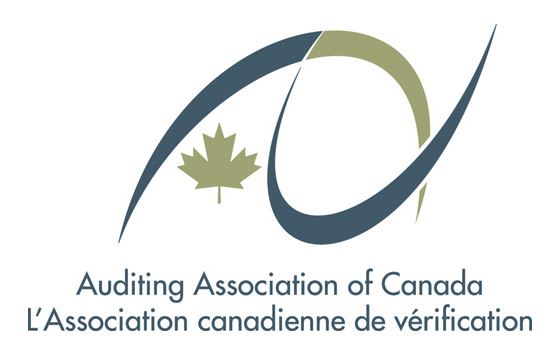At AAC, quality is not just the commitment and attitude we apply to meet the requirements and objectives of our interested parties, but also our commitment to identifying opportunities for streamlining work and its processes in order to reduce waste. Such efforts can yield improvements that occur over a period of time or an improvement that is a “breakthrough” that can happen all at once.
Continual improvement is ongoing to identify a positive change and involves the participation of those interested parties that the continual improvement opportunity represents. The following diagram briefly illustrates the cycle for Continual improvement:

Benefits of maintaining and improving on a business culture that embraces continual improvement includes:
a) Streamlining of Existing Workflows/ Processes
The commitment here is to continually improve the way we work to service our customers both internally and externally. This involves identifying our workflows and their relationships to other workflows. Here we can then identify opportunities to lean out the workflows and remove bottlenecks that interfere with our ability to efficiently and effectively service our internal and external customers. Ask yourself this question- Are there opportunities in your areas to streamline what you do and get the same and/ or a better result that makes the process more successful?
b) Reduction of Overhead and Project Costs
Its important for AAC to know the cost of the work that is carried out to service our members and those that wish to access the resources offered by the AAC. Knowing the cost allows us to make the necessary improvements to be more competitive in the industry sector we represent. With the market as competitive as it is, often what makes an organization more successful over its competitors is the relationship between workflows and cost. By simplifying or streamlining our workflows, we are in a better position to be more cost-efficient thereby more competitive as an organization and more flexible at being able to provide value to its members based on the industry at the time. Ask yourself this question- Are there areas where you see wasted that will reduce AAC’s advantage to be competitive as a non-for-profit organization?
c) Embrace Flexibility
Although continual improvement processes are usually structured, understanding when there is a time to deviate from our structured practices when it is assessed that a less formal process is needed has to be considered. Applying the same level of structured processes to a complex project compared to a simple project would reduce AAC’s ability to be flexible. Ask yourself this question- Are you required to follow a complex process that should be simplified in order to be more flexible in your work?
Not meeting our requirements of our interested parties and AAC’s standards for the sake of doing it faster and cheaper cannot be justified. To find those hidden elements of process efficiencies and opportunities for Continual improvement requires us to figure out ways to do “business as usual” while analyzing improvement opportunities along the way.
Working constantly and diligently to improve is one of the single greatest mindsets in which an organization can reduce wasted efforts and be more focused in our direction. Examples of where AAC can research into workflows to determine if there are process improvements available:
1) Manual processes that could be streamlined by the introduction of and leveraging of technology.
2) Duplications in workflows that are not essential.
3) Current methods of providing training opportunities where using more current technologies may help streamline our ability to target larger industry representative groups while not increasing overhead costs.
4) Areas where there is a breakdown in communication and interfaces between groups that create opportunities for error and waste.
One thing is clear when it comes to continual improvement and that is it cannot be done successfully without the commitment of those who are in a position to identify and analyze opportunities in their own workflows. Every member of the AAC has the opportunity to consult on and participate with continual improvement opportunities that will help propel this organization forward.
If you have ideas of where there are opportunities for continual improvement in our workflows, we welcome the input of the AAC membership. Submit your ideas of things that you believe we can achieve in advancing our Association and add value to the membership base.
